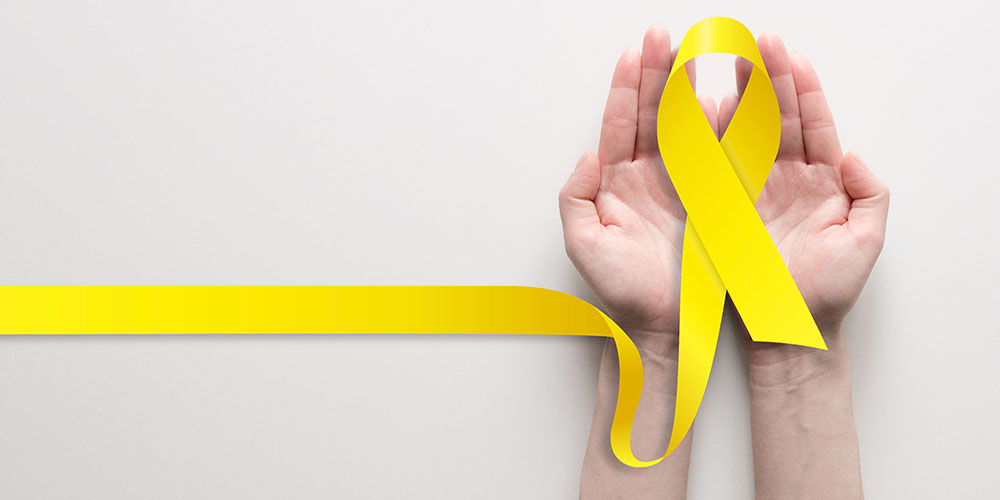Anonymous school tip lines originally created to prevent school shootings continue to be used more often to report threats of suicide or self-harm.
Safe2Tell Colorado, an anonymous tip line inspired by the 1999 Columbine High School shooting, has helped pave the way for other state tip lines. Susan Payne, founder and former Colorado Springs detective, said more than a dozen states contacted her following the Parkland shooting to learn more about her model as they considered launching their own tip lines, reports NBC News.
Although Safe2Tell was created with the intention to prevent another Columbine, it has been used far more often to submit tips related to suicide or self-harm. In fact, since 2013, suicide threats have been the top concern flagged each year by Safe2Tell Colorado. During the 2012-13 school year, there were 421 tips related to suicide and self-harm. In the 2018-19 school year, that number jumped to 3,668.
According to NBC News, several other states have reported similar findings with their tip lines:
- Since SafeOregon launched in Jan. 2017, it has received 540 reports of a suicidal student compared to 278 reports of a school violence threat.
- In its first six months, Pennsylvania’s Safe2SayPA received 2,529 tips related to self-harm and 2,184 related to suicidal thoughts. Comparatively, it received 607 reports of threats against schools.
- In its first year, Nevada’s SafeVoice tip line, which launched in 2018, received 371 suicide threats, 350 self-harm threats and 248 school violence threats.
- For Wyoming’s Safe2Tell tip line, suicide threats were the most common report in 2019, making up 239 tips. The number of reports of planned school attacks was 45.
These statistics may come as no surprise since recent reports continue to show a rise in depression, suicide and suicide attempts among young people.
From 2008 to 2015, the number of kids and teens hospitalized for suicidal thoughts or attempts more than doubled, according to the journal Pediatrics. From 2007 to 2017, the percentage of teens who said they experienced major depression jumped from 7% to 13%, according to the Centers for Disease Control. Similarly, from 2007 to 2017, the number of children who died by suicide nearly doubled to 3,008 suicides among people ages 10-19. In comparison, in 2017, five people were killed in a school shooting, according to parameters set by NBC News.
Experts believe anonymous tip lines have become successful because students don’t have to talk to anyone over the phone. On SafetoSayPA, 90% of tips come through the smartphone app. Prior to launching its tip line, the Nevada Department of Education held focus groups and determined students would be more likely to reveal their feelings through text.
Another way some districts are trying to protect students is through security software installed on school-issued laptops to monitor student activity. Bill McCullough, vice president of sales for Gaggle, a monitoring software company, told NBC News that while many schools buy the software to prevent school violence, they “woefully underestimate” how many students are struggling with their mental health. According to Gaggle’s website, during the 2018-19 school year, the software helped save 722 students from carrying out an act of suicide.
Many students have also used the software to report concerning behavior. Wichita Falls ISD in Kansas uses Gaggle, and Superintendent Mike Kuhrt said students have typed language on their laptop intended to get flagged by the automated monitoring system.
“They’ll write it on a Doc, knowing Gaggle will see it and then their friend will get help without them being considered a tattle,” said Shad McGaha, the district’s chief technology officer.
Recent findings also show mental health and school violence often go hand-in-hand (like this study from the U.S. Secret Service National Threat Assessment Center), posing a challenge for school leaders to find a way to help someone who may feel depressed or overwhelmed before they potentially hurt themselves or others.
A new Oregon law allows students to take days off from school to focus on their mental and behavioral health, just as they would take a sick day for their physical health. In Pennsylvania, Republican Senator Scott Martin is co-sponsoring a bill that would require public school students to get yearly mental health screenings, just as they are required to get a yearly physical.
“We can’t talk about school safety without also talking about mental health,” Martin said.
If you or someone you know is thinking of suicide, call the National Suicide Prevention Lifeline at 800-273-8255, text TALK to 741741 or visit SpeakingOfSuicide.com/resources for additional information.













